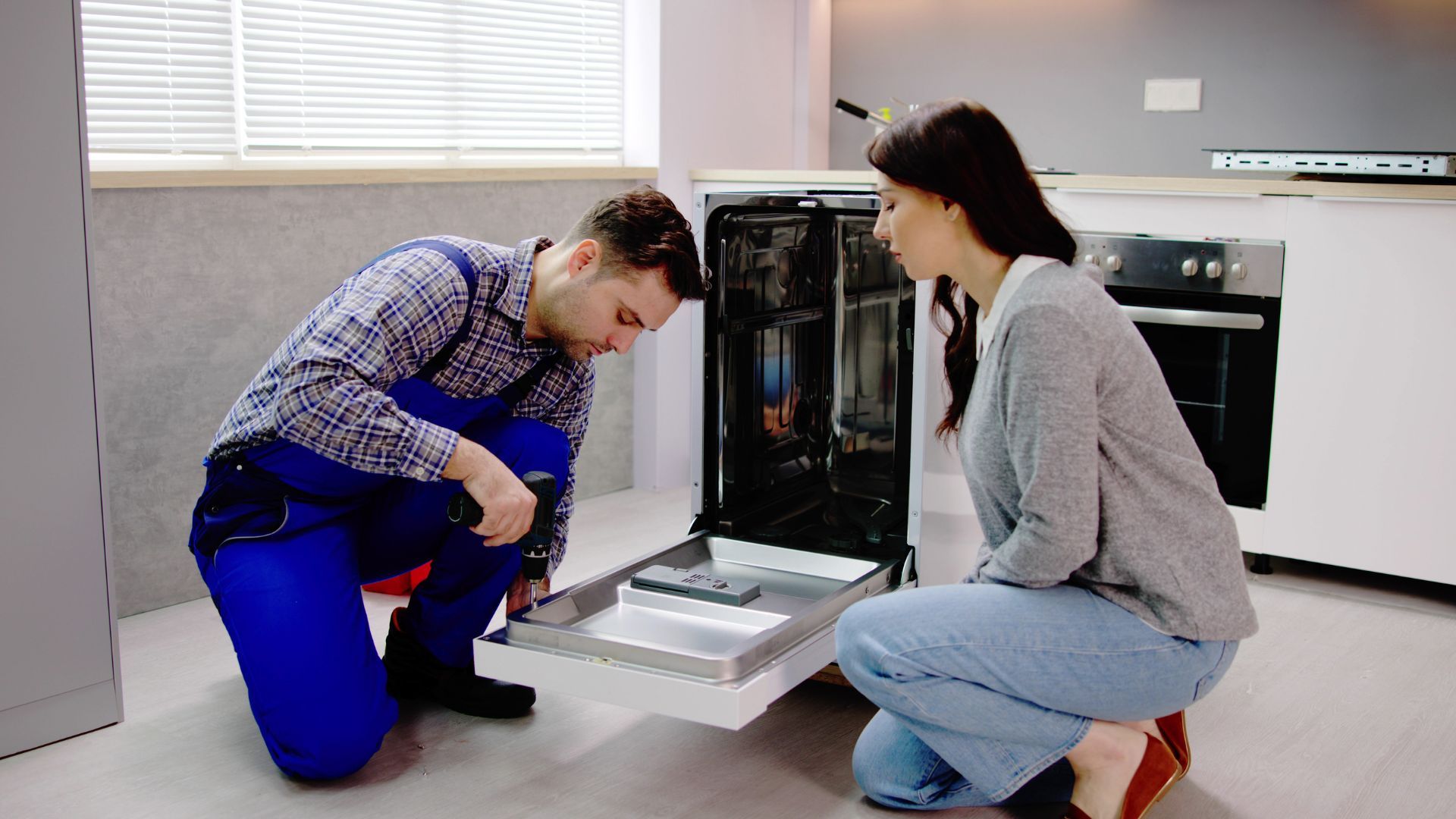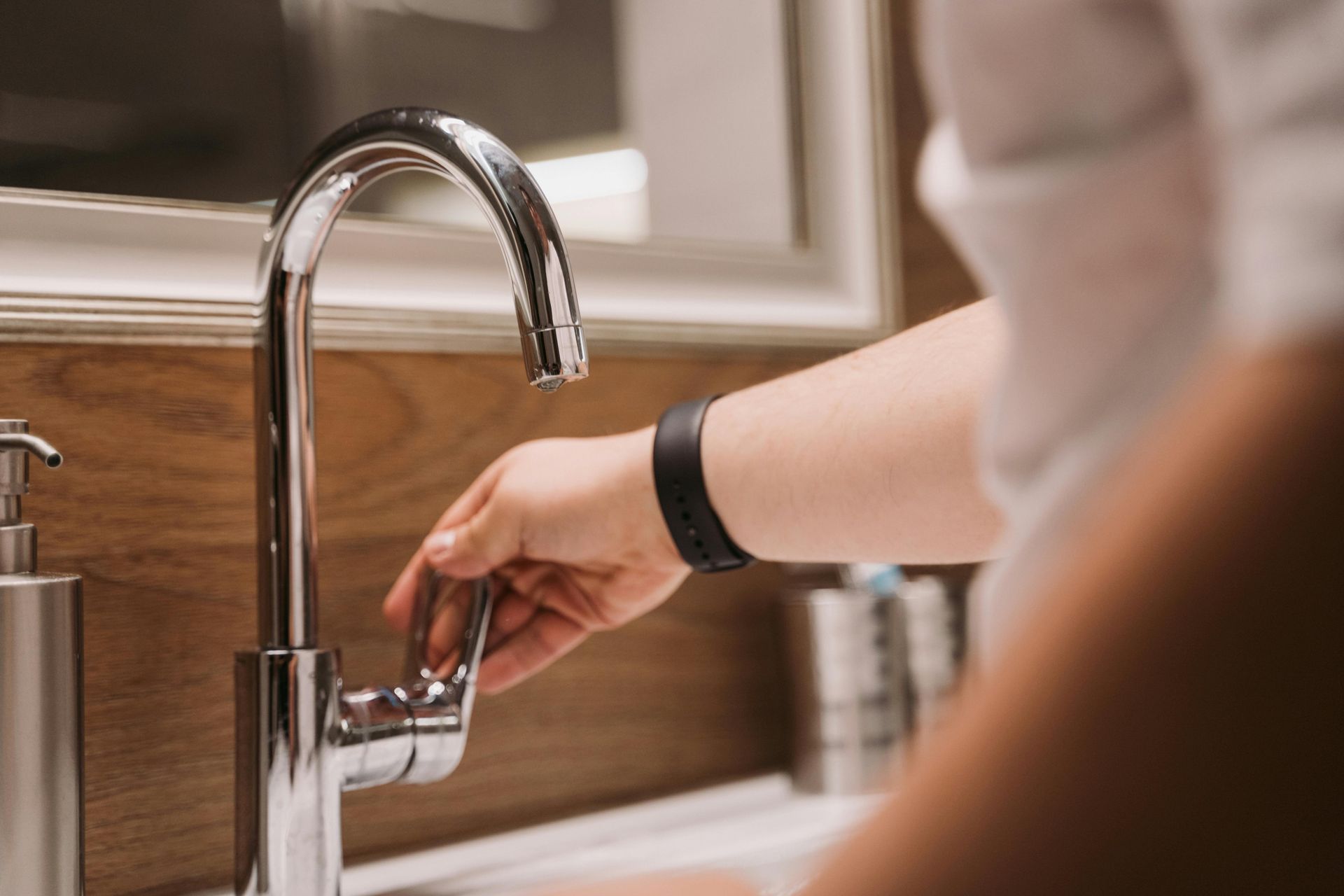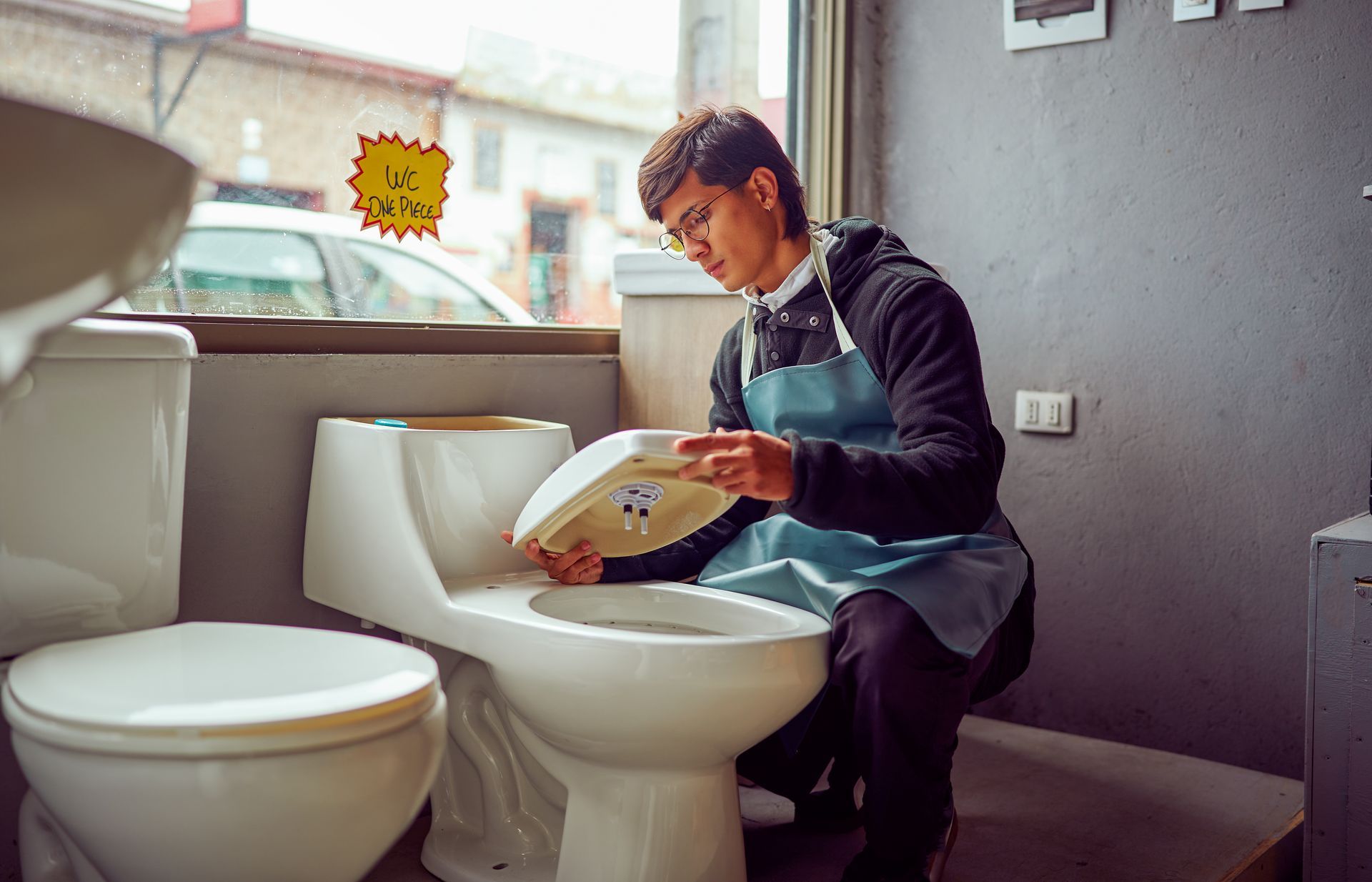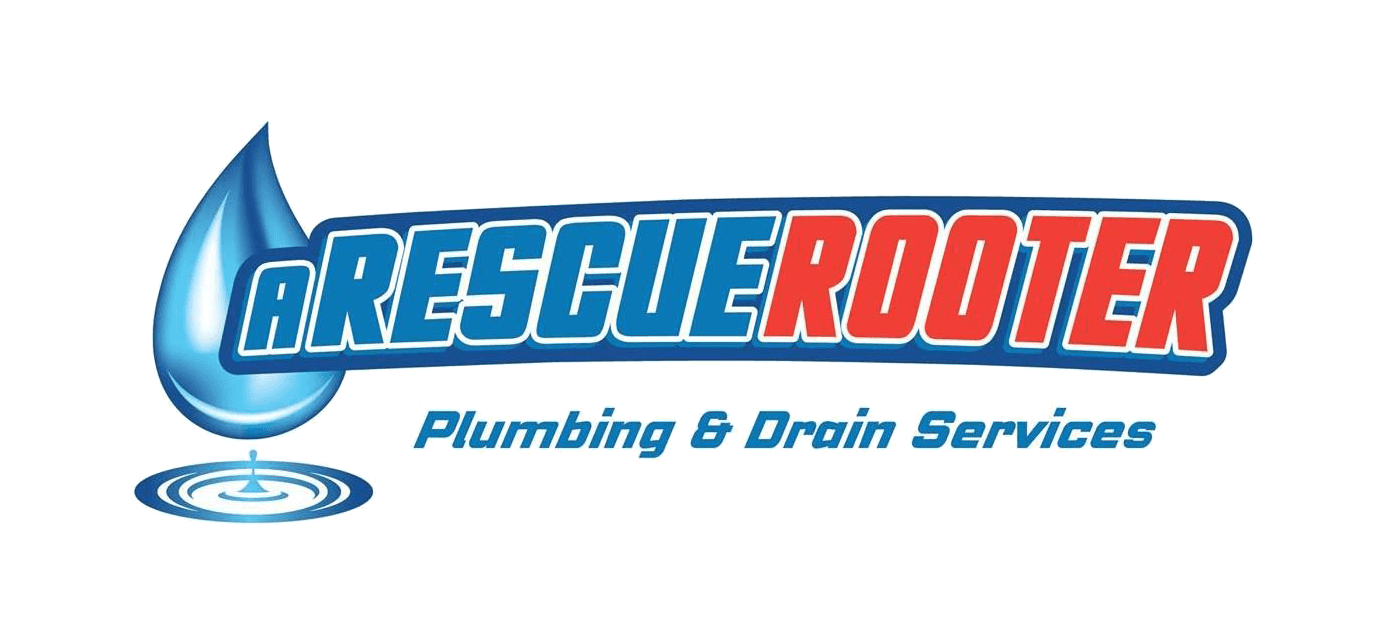Learn the basics of how to locate your sewer line
If you've recently taken on a home renovation project or are just curious to know what's going on beneath your property, then understanding how to locate your sewer line is key.
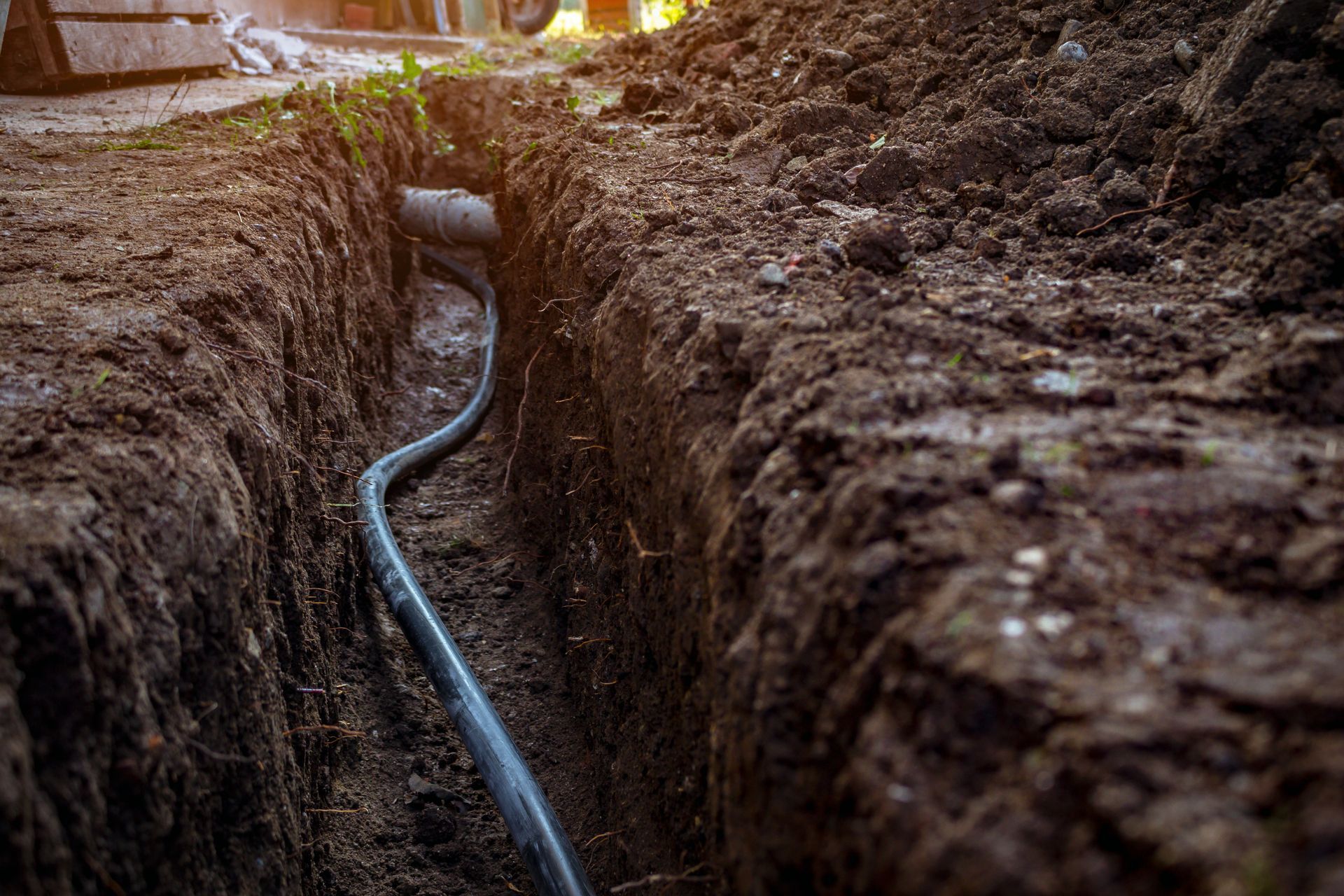
Knowing just where this internal plumbing system runs will be invaluable when it comes time for any maintenance, repair or even exploration needs. Here we'll discuss the steps necessary in order to properly identify and trace out the path of your sewer line so that you can effectively manage all projects related to it.
Start by checking your property maps to locate the general area of your sewer line
When it comes to maintaining your home's sewer line, the first step is to know where it is located. By checking your property maps, you can easily identify the general area where your sewer line is located. This information can be valuable in case of any clogs or blockages in the future, as well as for routine maintenance. Keeping your sewer line in good condition is essential to the function and safety of your home's plumbing system. So take the time now to locate your sewer line on your property maps - it could save you time and money in the long run.
Check for any visible signs around your yard that may indicate the presence of a sewer line
Maintaining a healthy and functional sewer line is crucial for any home, but it's not always easy to know what to look out for. That's why it's important to regularly check your yard for signs that could indicate a problem. Look for any unusual odors, sinking or pooling areas in the soil, or strange sounds coming from the ground. These could all be telltale signs of a broken or blocked sewer line, and it's important to take action before the problem becomes worse. By staying vigilant and keeping an eye out for any strange activity, you can help ensure that your home's sewer system remains in top condition for years to come.
Use a metal detector or ground probe to identify any underground pipes or lines
Before doing any excavation work, it's crucial to ensure that there are no underground pipes or lines that could be damaged. One simple and effective way to identify these hidden hazards is by using a metal detector or ground probe. By scanning the ground for metallic objects, you can quickly locate any pipes or lines that may be buried beneath the surface. Not only does this prevent accidental damage, but it can also save you a significant amount of time and money by avoiding costly repairs. So, if you're planning on doing any digging or construction work, consider using a metal detector or ground probe to stay safe and avoid any potential headaches.
If none of these methods work, hire a professional Hamilton plumber who can use advanced technology such as camera inspections and smoke tests to locate the sewer line.
Dealing with a clogged sewer line is no easy task. Sometimes, even the most common methods of unclogging pipes like using a plunger or drain snake just won’t do. If you find yourself at wits' end, it may be time to call in a professional plumber in Hamilton. A reputable plumber not only has the knowledge and experience to identify the root cause of your clog, but they also have access to advanced technologies such as camera inspections and smoke tests. These tools can detect even the most stubborn clogs that are hidden deep within your pipes. Don't let a pesky clog ruin your day.
Call in a professional Hamilton plumber and let them handle the job so that you can rest easy knowing your sewer line is free and clear.
Plan an excavation in order to expose the pipeline and confirm its location
Planning an excavation may be a daunting task, but it can ultimately save you time and money in the long run. Whether you are mapping out your backyard or preparing for a construction project, it's crucial to know the exact location of your pipelines. By exposing the pipeline through an excavation, you can confirm its location and avoid any accidental ruptures in the future. With the right tools and precautions in place, a successful excavation can give you peace of mind and ensure the safety of your property. Remember to take the time to plan out the excavation process thoroughly and consult with professionals if necessary. Your successful excavation will allow you to move forward with confidence in your project.
Once you've determined the exact position of your sewer line, you can protect it from damage by marking it with stakes or flags
Your sewer line is an essential part of your home's plumbing system, and protecting it from damage is crucial to avoiding costly repairs. Thankfully, once you've determined the precise location of your sewer line, you can take steps to safeguard it from accidental damage. One of the most effective methods is marking it with stakes or flags in your yard. This lets everyone know where the line is and may help prevent them from accidentally digging in the wrong spot. By taking this simple step, you can help preserve the integrity of your sewer line and keep your home's plumbing running smoothly for years to come.
Before beginning any process of this kind, make sure you know what safety protocols are necessary to do it correctly and effectively. Even if you're able to identify where your sewer line is located on your own, remember that there are also professionals who can assist in finding and confirming the exact position of your pipelines. Their advanced technology is useful for being highly precise with their determinations. Ultimately, when it comes to discovering the location of your sewer line – use caution but also use available resources! If you need help locating your sewer line or to plan an excavation, don't hesitate to reach out to your local
Hamilton Plumbers at a Rescue Rooter for assistance.
